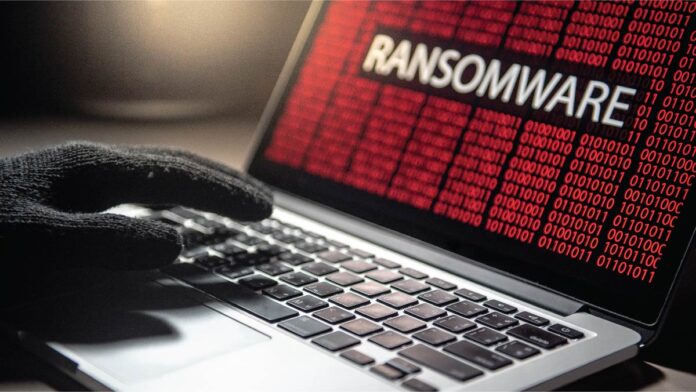The current situation of cyber-affairs is particularly concerning, since ransomware attacks are increasing in both volume and financial and reputational implications to organizations.
The danger of experiencing a catastrophic incident that might either bring the company to a standstill or inflict huge financial damage has recently piqued the C- Suite’s interest. There is probably no other topic that is more important in terms of security and operational readiness from a security standpoint.
According to Trend Micro’s “How to Reduce the Risk of Phishing and Ransomware,” 84 percent of US businesses had experienced phishing or ransomware security incidents in the previous year. According to Palo Alto Network’s “2021 Unit 42 Ransomware Threat Report,” the average ransomware payment increased by 82 percent from US$312,000 in 2020 to US$570,000 in the first half of 2021.
Ransomware assaults are not new – then why, given the risks and vulnerabilities, is there such a lack of readiness, especially with the increased awareness of cybersecurity issues among higher-level executives?
This is due to a number of factors. The sophistication of the attacks is a significant factor. Many companies are not prepared for the rapid evolution of the attacks, which also include the use of third-party applications as carriers. This creates a lot of confusion, which hackers readily exploit.
Also Read: Addressing the Cybersecurity Threat to Industrial Control Systems
The fact that ransomware attacks tend to target two areas of the infrastructure that have previously been overlooked – specifically applications and data stored in files – is a second important reason. The assumption that securing critical attributes in structured stores, securing application access, and relying on tried-and-true infrastructure deployment procedures leaves attackers with avenues to exploit to attack companies is out-dated.
Inadequate resiliency in terms of backups and recovery is another advantage that ransomware attackers have. Investments and resourcing are required for robust resiliency. This is typically the responsibility of IT operations rather than security teams. Budget issues and a lack of collaboration are two common factors that influence this. Finally, the lack of a comprehensive solution is a problem.
The process of preparing the organization to withstand and recover from a ransomware attack necessitates both strategic planning and tactical readiness. Prioritizing readiness, reducing panic, and making investments all require the support and consent of C- Suite. In the case of an attack, having a well-thought-out plan and testing it ahead of time is crucial. An organization could be crippled by a well-planned ransomware attack.
Certain security posture practises can help an organization in preparing to withstand a ransomware attack.
To begin, security teams should prioritize data in their security posture. Data is, at the end of the day, an organization’s most valuable asset. A company can defend itself at the core of what matters most by looking into a data-centric security solution that starts with data protection.
A threat vector may be able to get past the network layer since it is a noisy environment where anomalies are difficult to detect, but if data is protected, a network breach will not make much progress. Companies can safeguard what is most vulnerable by finding a next-generation data security solution that uses a network approach but at the data level.
Secondly, traditional data security involves encrypting data. Legacy encryption solutions, however, only safeguard data while it is in transit or at rest, not when it is being analysed or queried. Next-generation encryption solutions use cutting-edge technology to keep data secured even as it is being analysed or queried. Because any stolen or exfiltrated data will be encrypted and rendered worthless, an attacker will not be able to extract a ransom from a business by threatening to leak or publish its sensitive data.
Also Read: Addressing Cybersecurity Skills Gap in a Competitive Cybersecurity Market
Finally, a company must ensure that it has a suitable backup solution in place to execute frequent data and system backups, in addition to a very sophisticated data encryption solution that keeps data secured throughout its lifespan regardless of its location. This manner, even if a ransomware attack encrypts an organization’s encrypted data again, the organization’s options aren’t limited.
Businesses successfully remove any leverage that an attacker may have had by having backups readily available and technology in place to ensure that sensitive data is encrypted. Not only that, but any ransom money placed aside as the last option will be saved. Finally, with such data-centric security measures in place, cyber-attack insurance rates will be lower.
For more such updates follow us on Google News ITsecuritywire News.









